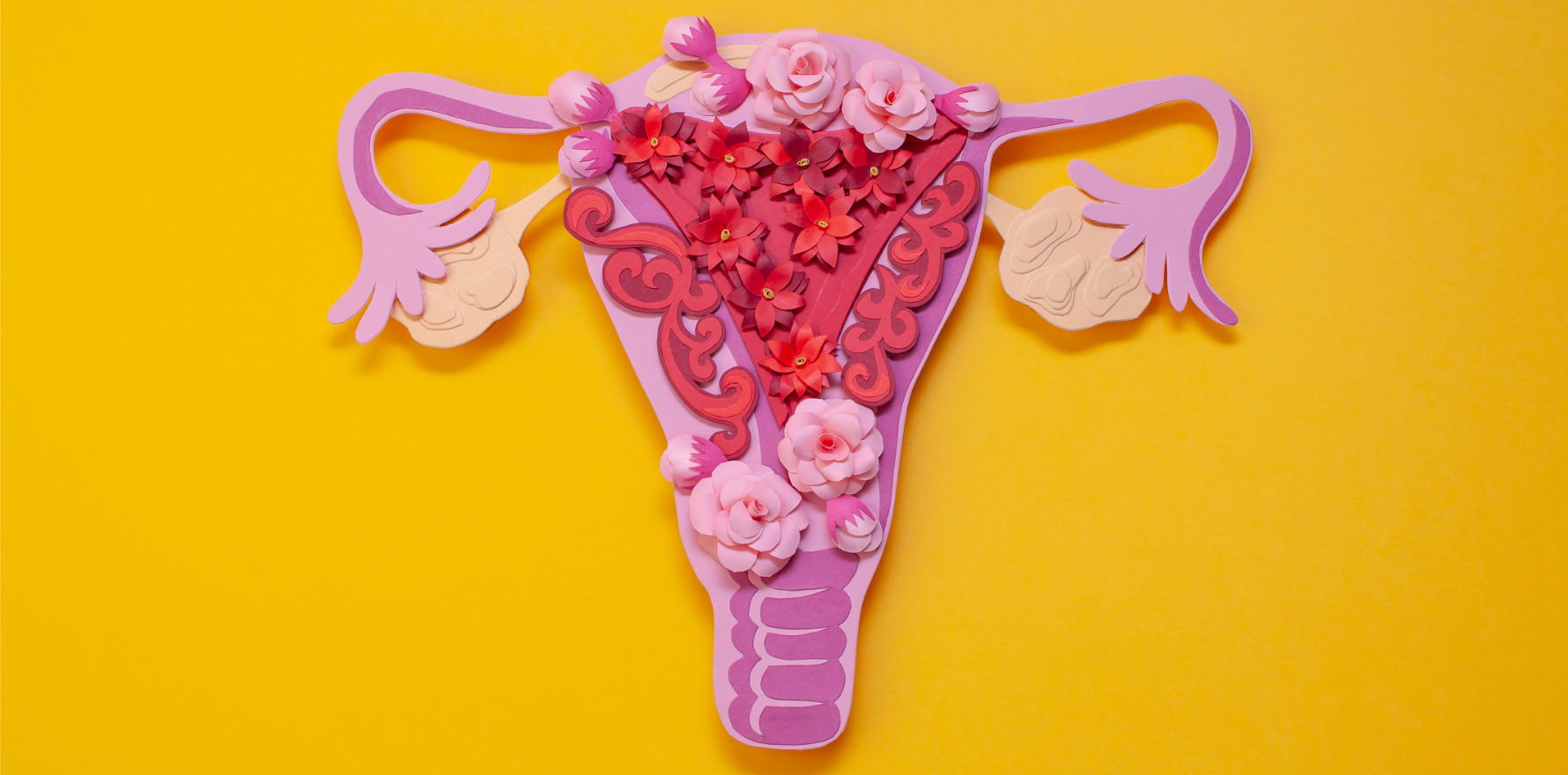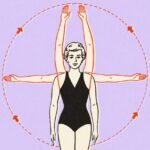Investment in public health treatment of the condition is a ‘travesty’ when compared with male disease, says one peak body CEO.
The rate of endometriosis hospitalisations has risen sharply in the past decade and doubled among women aged 20-24, according to the latest AIHW data.
The Institute’s 2023 endometriosis report released today, revealed that endometriosis hospitalisations have grown by 24% from 250 hospitalisations per 100,000 females in 2011–12 to 310 hospitalisations per 100,000 females in 2021-22.
Among women aged 20-24 the rate went from 330/100,000 to 660/100,000, putting it among the leading causes of hospital admissions in this age group.
There was a sharp increase in admissions to private hospitals, which more than doubled from 175 to 425 per 100,000 women over the past 10 years.
In 2021-22, more than two-thirds of endometriosis-related hospitalisations took place in private hospitals, almost a third of which were for public patients, the report found.
Around 10% of endometriosis-related hospitalisations in private hospitals were for self-funded patients, while around 60% of all endometriosis-related hospitalisations were partly or fully funded by private health insurance.
According to Maree Davenport, CEO of Endometriosis Australia, while the covid pandemic would undoubtedly have exacerbated wait times for diagnosis and treatment, the surge in private hospitalisations for endometriosis highlighted the “massive backlog” preventing timely access to care in the public system.
“We know that the waiting list for those waiting for endoscopic laparoscopic surgery in the public system can be well over a year, [and] there’s a great delay in being able to see a gynaecologist in the public system versus the private system,” Ms Davenport said.
“There’s a massive issue with funding for endometriosis across the health system. The MRFF has only made 11 grants with a focus on endometriosis since its inception in 2015. Compare that to the investment in research for other chronic diseases like diabetes, which is as common.
“Look at the lack of investment in state and territory public health systems in treating those with female gynaecological disorders and diseases compared to your average male diseases. It is a travesty.
“It’s such a gendered disease. If this was a male disease it would be treated very, very differently.”
Endometriosis is the third leading cause of non-fatal disease burden among women due to reproductive and maternal conditions, after genital prolapse (52%) and PCOS (26%), according to the report.
An estimated $220 million was spent on endometriosis in the Australian health system in 2019-20, around 80% of which was attributed to hospitals.
Around 83% of total expenditure on endometriosis was attributed to women aged 15-44, with women aged 35-39 accounting for 21% of total expenditure.
While the federal government’s commitment to establish specialist endometriosis and pain clinics across the country was welcome, Ms Davenport said much greater investment was needed from state and territory governments as well to make surgical intervention more available and educate primary care physicians and hospital staff about endometriosis.
“We need to prioritise more gynaecological care and access in the public system across Australia,” she said.
“The federal government has invested in 22 endometriosis and pelvic pain clinics across Australia but these have already been inundated with people seeking appointments and many are not even up and running yet.
“We really need to invest in more of those specialised clinics, but we [also] need to educate the GP and medical population, including community health centres, allied health and complementary medicine, around endometriosis symptoms and what helps to manage the symptoms of the disease and share that information with those who are suffering.
“We also need to have better referral pathways for the non-invasive diagnosis, tests or those tests that indicate the presence of endometriosis through MRI and ultrasound.”
Around one in seven women born between 1973 and 1978 are estimated to have been diagnosed with endometriosis by their mid-forties, according to the AIHW report.
For women born between 1989 and 1995, around 9% were estimated to have been diagnosed by their late 20s to early 30s.
By age 31, around 9% of women born in 1989–95 are estimated to have been diagnosed with endometriosis compared with 6.9% of women born in 1973–78.
More detailed findings from the AIHW report can be found here.
NOTE: Numbers in this story have been corrected after the AIHW identified an error in its original report.





